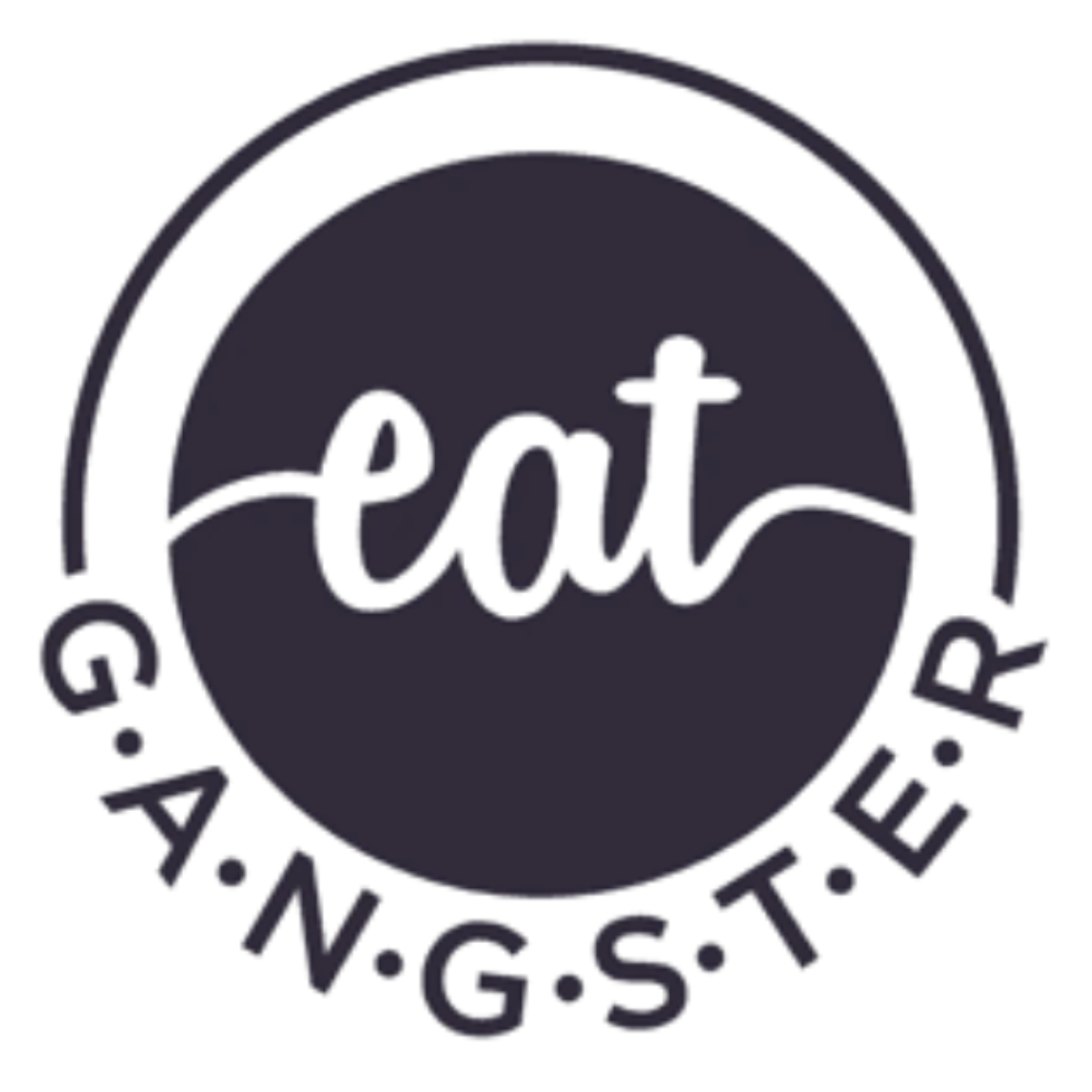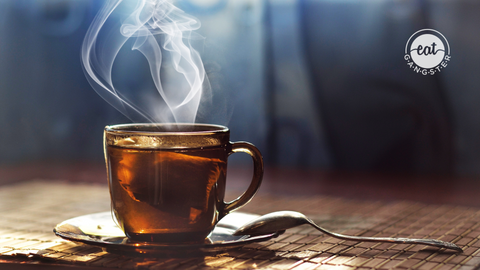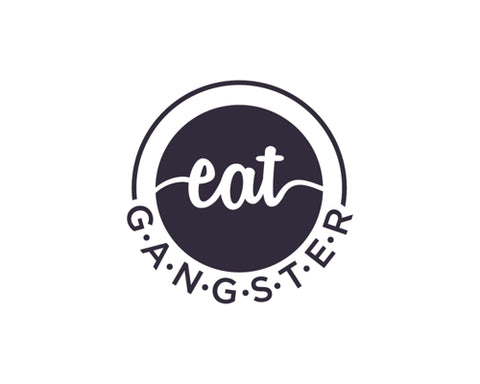Why Eat G.A.N.G.S.T.E.R. is a Great Alternative!
We are seeing conversations everywhere about food dye, and its impact particularly on our children. Between the efforts of Vani Hari, RFK, and functional medicine doctors across the country, it’s looking like some big change is going to happen!
Food dyes, also known as artificial colorings, are commonly added to a wide range of processed foods to enhance their visual appeal, especially in products marketed toward children. While these bright, colorful foods may seem fun, the impact of food dyes on behavior and mental health has raised significant concern among parents, health professionals, and researchers alike. In this blog, we’ll explore which baking mixes and popular food brands contain food dyes, the potential effects of these on children’s behavioral and mental health, and why products like ours at Eat G.A.N.G.S.T.E.R. are better, gut-friendly alternatives.
Baking Mixes Containing Food Dyes
Many pre-packaged baking mixes, especially those used for cakes, cookies, and other treats, contain artificial food dyes. These dyes are often used to create vibrant colors in frosting, cake batter, or finished products. Some popular baking mixes that may contain food dyes include:
-
Betty Crocker Cake Mixes – Some of their flavored mixes, such as
FunfettiandRainbow Chip, often contain artificial colors like Red 40, Yellow 5, and Blue 1. -
Duncan Hines Cake Mixes – Similar to Betty Crocker, some varieties like
Bright WhiteandChocolate Fudgemay contain food dyes. -
Pillsbury Cake Mixes – Products like their
Funfetticake mixes often contain artificial dyes. - Jell-O Gelatin and Pudding Mixes – Many of these products include artificial dyes like Red 40, Yellow 5, and Blue 1.
- Kraft’s Betty Crocker Frosting – Often includes artificial dyes in the frosting, such as Red 40, Yellow 5, and Blue 1.
While these products might make baking easier and more fun, they come with potential health risks for children due to the presence of artificial additives.
Top 10 Food Companies Using Food Dyes in Children’s Products
The following food companies are known for including food dyes in their products, many of which are marketed specifically for children:
-
General Mills – Known for their colorful cereals like
Lucky Charms,Trix, andFroot Loops. -
Kellogg’s – Offers popular cereals like
Rice KrispiesandFrosted Flakesthat often contain artificial dyes. - Nestlé – Their snack foods and drinks, including some of their chocolate products, often contain artificial colors.
-
Kraft Heinz – Products like
Kraft Mac & Cheeseand certain processed snacks are often artificially colored. -
Coca-Cola – Products like
Fantaand certain varieties ofSpritecontain food dyes such as Yellow 5 and Red 40. -
PepsiCo – Snack foods like
DoritosandMountain Dewoften contain artificial dyes like Yellow 5 and Red 40. -
Mars – Candy products, including
M&M’sandSkittles, are notorious for containing various food dyes. -
Hershey’s – Some of their chocolate treats, including certain varieties of
Hershey’s Kisses, use artificial colors. -
Unilever – Certain ice creams and frozen treats from brands like
Breyerscontain artificial dyes. - McDonald’s – Some of their packaged snacks and drinks, like certain flavors of milkshakes, include artificial food colors.
The Impact of Food Dyes on Behavior and Mental Health
Artificial food dyes, such as Red 40, Yellow 5, and Blue 1, have been linked to various behavioral and health issues in children. Studies have suggested that food dyes may contribute to hyperactivity and attention disorders, particularly in children who are sensitive to these additives. The connection between food dyes and behavioral changes is thought to stem from the way these chemicals interact with the nervous system.
Research has shown that some children experience worsened attention span, increased impulsivity, and hyperactivity after consuming foods containing artificial dyes. The Feingold Diet, which eliminates food dyes, has been used successfully by some parents to address ADHD-like symptoms in their children.
In addition to behavioral concerns, food dyes may also affect mood and emotional regulation. Some studies have suggested a link between food dyes and increased anxiety or irritability in sensitive children. This is especially concerning for children who already struggle with mood disorders or mental health challenges.
Why Choose Eat G.A.N.G.S.T.E.R.?
Eat G.A.N.G.S.T.E.R., if we may, is an innovative, health-conscious food brand that stands apart from conventional food options by offering products that are free from food dyes and artificial additives. Our offerings are not only cleaner but also designed to support gut health, making them an ideal choice for parents looking for nutritious, safe snacks for their children. Why?
- No Food Dyes or Artificial Additives: Eat G.A.N.G.S.T.E.R. products are free from artificial food dyes, which means they avoid the negative behavioral and mental health effects often associated with these ingredients.
- Gut-Friendly: Unlike many ultra-processed foods, Eat G.A.N.G.S.T.E.R. is grain-free, gluten-free, dairy-free, nut-free, egg-free, soy-free, and seed-free, which makes it an excellent choice for children with sensitivities or food allergies.
- Nutrient-Dense: These products are packed with real, wholesome ingredients, providing vital nutrients without the unnecessary additives that are common in many processed foods.
- No Artificial Flavorings or Sweeteners: Eat G.A.N.G.S.T.E.R. is committed to providing products that are as close to nature as possible, using only natural sweeteners and flavorings.
But enough about us! Here are some of our favorite brands that are making excellent alternatives for our kids:
- Lovebird Cereal
- Simple Mills
- Enjoy Life
Supporting brands that are doing the right thing for our kids and, on the other side, choosing NOT to purchase products from those companies who have ignored these findings is crucial. Join the many who, like us, are working to transform our food supply!




